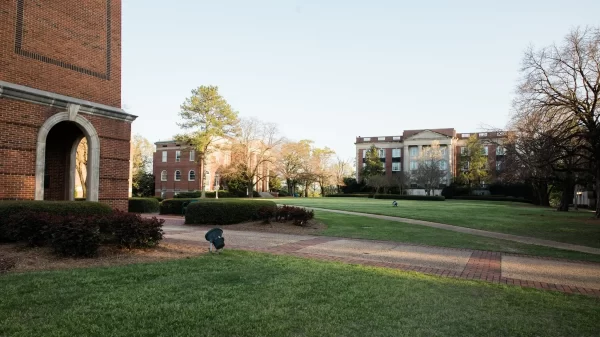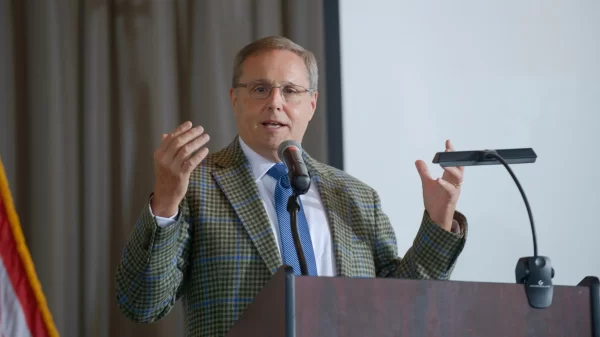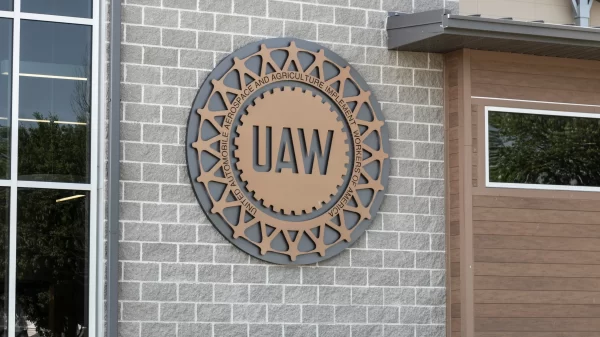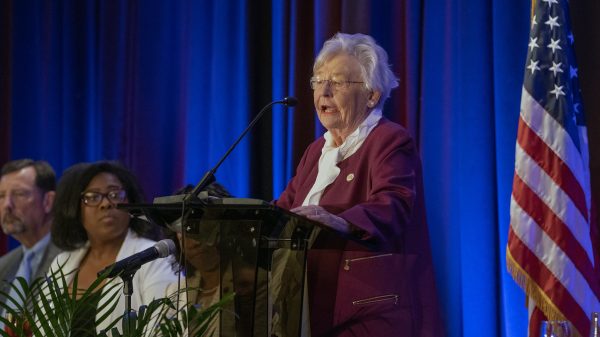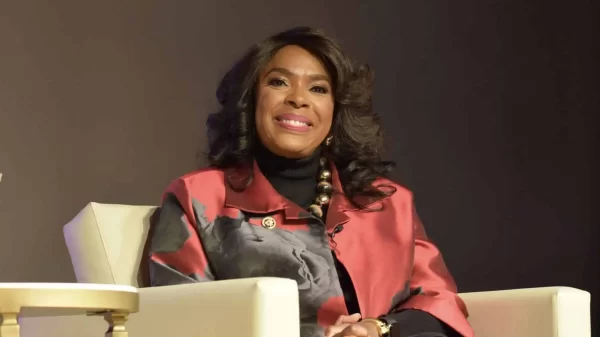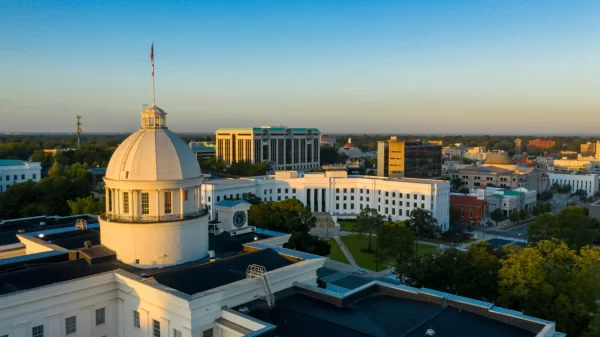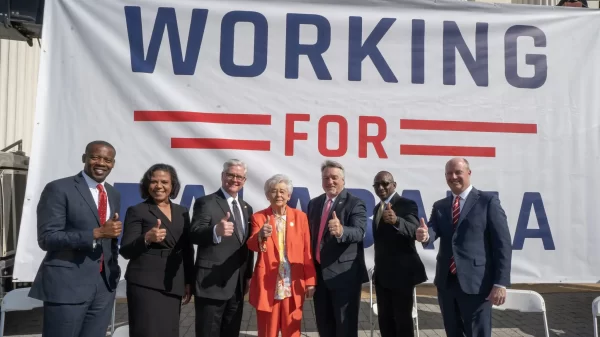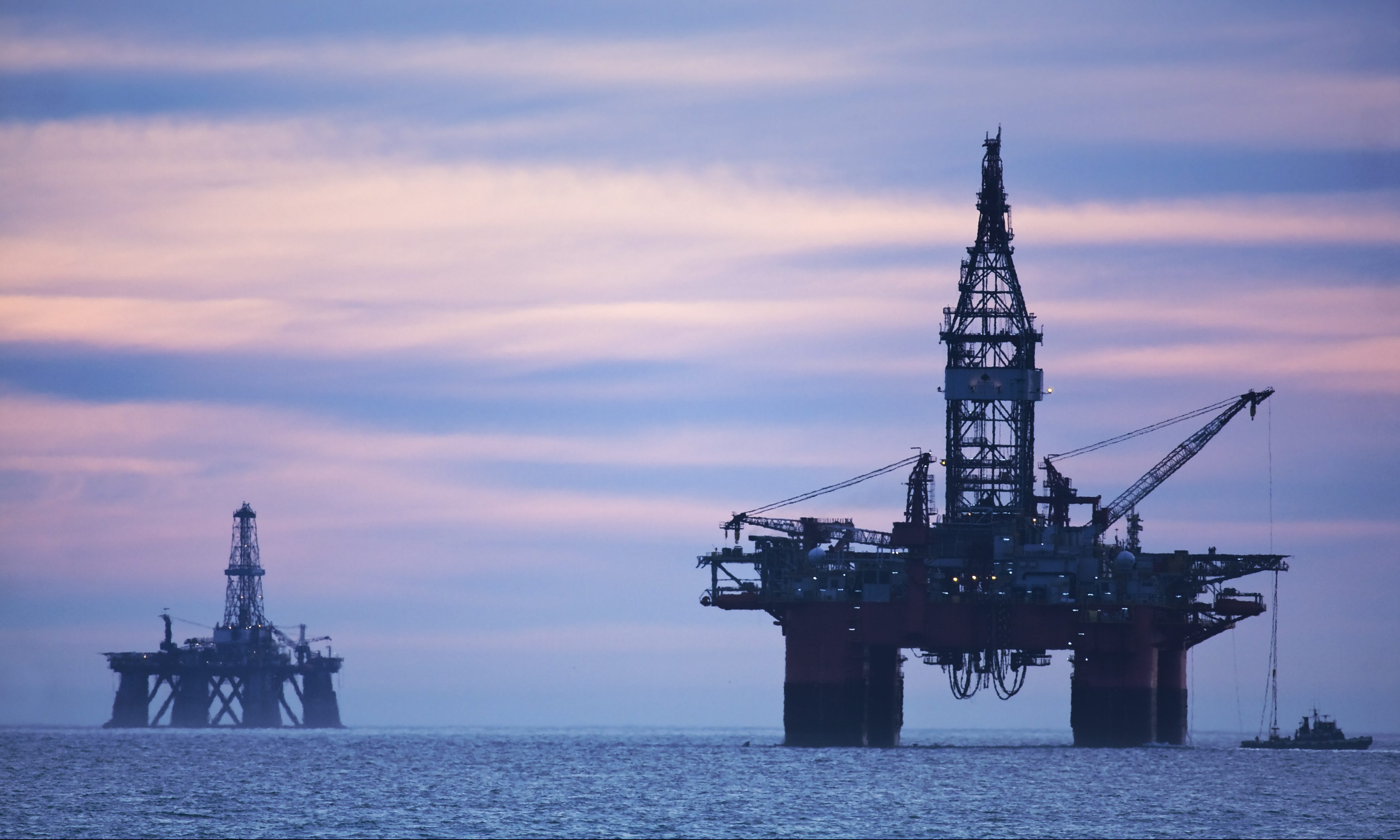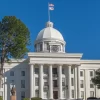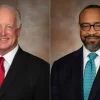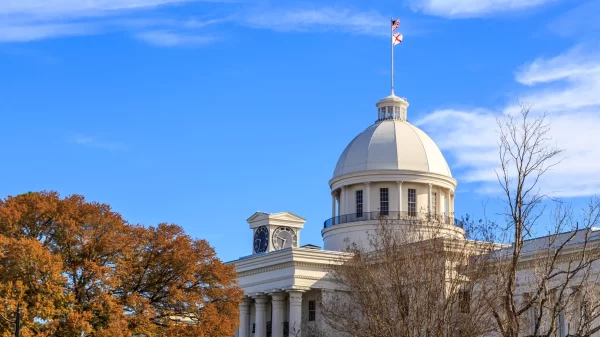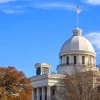Both U.S. Senators from Alabama, Richard Shelby (R) and Doug Jones (D) joined Senators Roger Wicker (R-Mississippi), John Cornyn (R-Texas), John Kennedy (R-Louisiana), Ted Cruz (R-Texas), and Cindy Hyde-Smith (R-Mississippi) to ask the Chairman and Ranking Member of the Senate Energy and Natural Resources Committee to ensure that coastal states receive their fair share of revenues from any new federal mineral reserves development.
“Our states have experienced significant impacts from federal offshore mineral development, including environmental damage to our coasts,” the senators wrote. “We are committed to ensuring that our states are treated fairly and that our states are not forgotten when decisions are made about the disposition of unallocated federal mineral revenues.”
Pending legislation would allow unallocated federal mineral revenues to be committed to specific causes, including the maintenance of national parks and increased support for the Land and Water Conservation Fund. The senators note that the majority of this funding would be generated from offshore oil and gas development in the Gulf of Mexico.
Under the current Gulf of Mexico Energy Security Act, which governs offshore federal mineral development in the Gulf of Mexico, the states of Alabama, Mississippi, Louisiana, and Texas receive only 37.5 percent of the revenue generated from oil and gas reserves within their borders. Revenues are capped at $500 million and must be divided among the four states. In contrast, other states receive 50 percent of the revenue generated from mineral development within their borders and those revenues are not subject to a cap.
The Senate Energy and Natural Resources Committee is chaired by Senator Lisa Murkowski (R-Alaska). The ranking member is Senator Maria Cantwell (D-Washington).
“We strongly support addressing parity in revenue sharing for coastal states in any package that may be considered by your Committee or the Senate,” the Senators wrote. “Legislation is moving forward that would allow unallocated federal mineral revenues to be committed to various programs. The majority of this funding will be generated from offshore oil and gas development in the Gulf of Mexico. If Congress moves to designate federal mineral revenues to specific uses, then it is important this opportunity achieves equitable revenue sharing for the coastal producing states.”
“You are well aware that mineral revenues generated from federal lands located within a state are governed by the Mineral Lands Leasing Act of 1920,” wrote the Senators. “Under that Act, 50 percent of the mineral funds generated are shared with the host state to offset the impacts of the federal mineral development. There is no cap on the amount of federal revenues that may be shared with these states. By contrast, under the Gulf of Mexico Energy Security Act, our states that host offshore federal mineral development receive only a 37.5 percent share of the revenue generated off our coasts, with a cap of $500 million annually that we must share among our four states.”
“The current revenue sharing with coastal producing states is not equivalent to the sharing that is occurring with the mineral lands states,” the Senators continued. “Our states have experienced significant impacts from federal offshore mineral development, including environmental damage to our coasts. We are committed to ensuring that our states are treated fairly and that our states are not forgotten when decisions are made about the disposition of unallocated federal mineral revenues.”
The letter follows on the heels of a Bureau of Ocean Energy Management (BOEM) announcement of a proposed offer of 78 million acres for a region-wide lease sale scheduled for March 2019. The sale would include all available unleased areas in federal waters of the Gulf of Mexico.
“The development of our offshore energy resources is a major pillar of this Administration’s energy strategy,” said Deputy Secretary of the interior David Bernhardt. “We all benefit from a strong offshore energy program, which provides thousands of well-paying jobs, as well as affordable and reliable energy Americans need to heat homes, fuel our cars, and power our economy.”
Lease Sale 252 is scheduled to be livestreamed from New Orleans, and is the fourth offshore sale under the 2017-2022 Outer Continental Shelf Oil and Gas Leasing Program (2017-2022 OCS Program). Under this program, ten region-wide lease sales are scheduled for the Gulf, where resource potential and industry interest are high, and oil and gas infrastructure is well established. Two Gulf lease sales will be held each year and include all available blocks in the combined Western, Central, and Eastern Gulf of Mexico Planning Areas.
In January, Secretary of the Interior Ryan Zinke announced a draft proposed program for a new National OCS Program for years 2019-2024. The 60-day public comment period for the draft ended on March 9. After considering all public comments received in response, BOEM will develop and publish a proposed program for public comment later this year, followed by the proposed final program expected in 2019.
BOEM will continue to implement the 2017-2022 OCS Program until the new National OCS Program is approved.
Lease Sale 252 will include approximately 14,696 unleased blocks, located from three to 231 miles offshore, in the Gulf’s Western, Central and Eastern planning areas in water depths ranging from nine to more than 11,115 feet. For comparison, the Deepwater Horizon was working at a depth of 5000 feet. The new records was set last year by a Maersk drillship is off the coast of Uruguary at 11,156 feet (over 2.1 miles). Excluded from the lease sale are: blocks subject to the congressional moratorium established by the Gulf of Mexico Energy Security Act of 2006; blocks adjacent to or beyond the U.S. Exclusive Economic Zone in the area known as the northern portion of the Eastern Gap; and whole blocks and partial blocks within the current boundaries of the Flower Garden Banks National Marine Sanctuary.
The Gulf of Mexico OCS, covering about 160 million acres, is estimated to contain about 48 billion barrels of undiscovered technically recoverable oil and 141 trillion cubic feet of undiscovered technically recoverable natural gas.
Revenues received from OCS leases (including high bids, rental payments and royalty payments) are directed to the U.S. Treasury, certain Gulf Coast states (Texas, Louisiana, Mississippi, Alabama), the Land and Water Conservation Fund, and Historic Preservation Fund.
“Developing our nation’s offshore energy resources is essential to our economy and energy security,” said Acting BOEM Director Dr. Walter Cruickshank. “BOEM has a vital role to ensure this is done in an environmentally responsible manner.”
Leases resulting from this proposed sale would include stipulations to protect biologically sensitive resources, mitigate potential adverse effects on protected species, and avoid potential conflicts associated with oil and gas development in the region.













